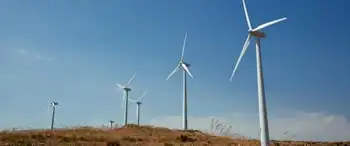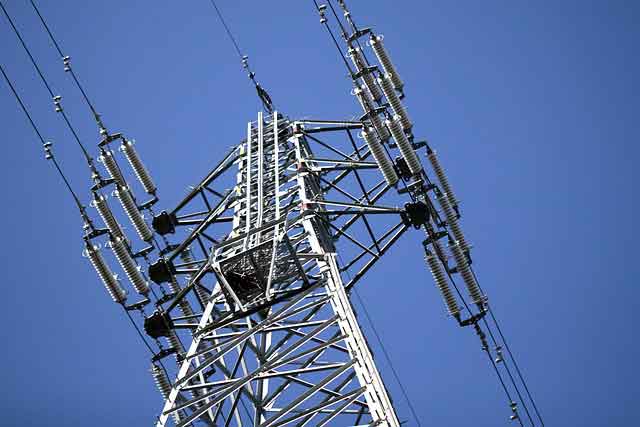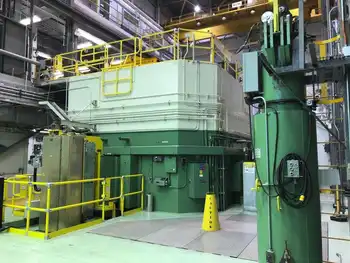A workout that produces power
- Pedal power is gaining traction as thousands of bikes and elliptical machines are retrofitted to produce electricity.
Gyms are using sweat equity to help power their facilities. A Brooklyn eatery uses it to make smoothies. Female inmates at a Phoenix jail pedal to power their TV to watch soap operas. Actor Ed Begley Jr. bikesrides a bike to run his toaster.
"Business is really taking off," says Jay Whelan, CEO of The Green Revolution, a Connecticut-based company that retrofits bikes for spinning classes. Since April 2009, he has added devices to nearly 1,000 bikes at 60 gyms that convert the direct current created by pedaling into alternating current to be sent to the power grid. Most of his customers are on the West or East Coast or in Canada. The average cost: about $1,000 per bike.
ReRev, a Florida-based company, has added similar devices to more than 300 elliptical trainers at 23 gyms, mostly at universities, in a dozen states since June 2008. Eleven of those facilities, mostly universities, were retrofitted this year in Pennsylvania, Florida, North Carolina, South Carolina, Arkansas, Texas, Arizona and Oregon.
"It's a low-cost way to get into the renewable energy game," says Beth Bennion, ReRev's marketing director. She says the novelty also attracts users. She asks, "Who would ever have thought we'd capture energy from a workout?"
Pedal power cannot run factories, but Whelan estimates a spinning class of 20 people over a year could light 72 homes for a month. ReRev says a 30-minute workout on one of its ellipticals generates about 50 watts, enough to run a laptop for an hour or charge a cellphone six times.
"We're not going to solve global warming, but we're trying to help in any way we can," Whelan says.
At the Habana Outpost restaurant in Brooklyn, N.Y., it takes about a minute of bike pedaling to power a blender. "You get $1 off if you pedal your own smoothie," says Elvis Rosa, a manager. Most customers saddle up.
In Detroit, the nonprofit Cass Community Social Services opened in January what it says is the first green gym specifically meant for the homeless. The gym, located in a warehouse, has 10 stationary bikes that generate electricity.
"It's been a wild success," says the Rev. Faith Fowler, executive director of Cass Community Social Services, which runs a homeless shelter in Detroit. She got a donation to retrofit 10 bikes at the shelter's gym to provide some of its electricity. She says she pursued the idea for both environmental and health reasons, noting that many residents struggle with diabetes and obesity.
"It was a natural fit," she says. As a result, she says the residents became so much more eco- and health-minded that they began growing organic produce.
"It's a huge motivator," says Leah Loeffert, a government consultant who takes a spinning class at Washington Sports Club in the nation's capital.
Loeffert says the bike, by telling her how much power she produces, pushes her to work harder. She says she likes doing something for the environment and because she lives in a condo, she can't buy rooftop solar panels.
Maricopa County, Ariz., Sheriff Joe Arpaio sees such bikes as a solution for couch potatoes. In April, to get overweight inmates to exercise, he hooked one up to a TV in the women's section of his Tent City jail in Phoenix. The 19-inch TV works only if an inmate pedals.
All the women in that section of the jail signed up for the "pedal-vision program," he says. "Give them access to their favorite soaps and cop shows," he says, "and they'll pedal till the cows come home."
Related News

Most Energy Will Come From Fossil Fuels, Even In 2040
LONDON - Which is more plausible: flying taxis, wind turbine arrays stretching miles into the ocean, and a solar roof on every house--or a scorched-earth, flooded post-Apocalyptic world?
We have no way of peeking into the future, but we can certainly imagine it. There is plenty of information about where the world is headed and regardless of how reliable this information is—or isn’t—we never stop wondering. Will the energy world of 20 years from now be better or worse than the world we live in now?
The answer may very well lie in the observable trends.
A Growing Population
The global population is…




